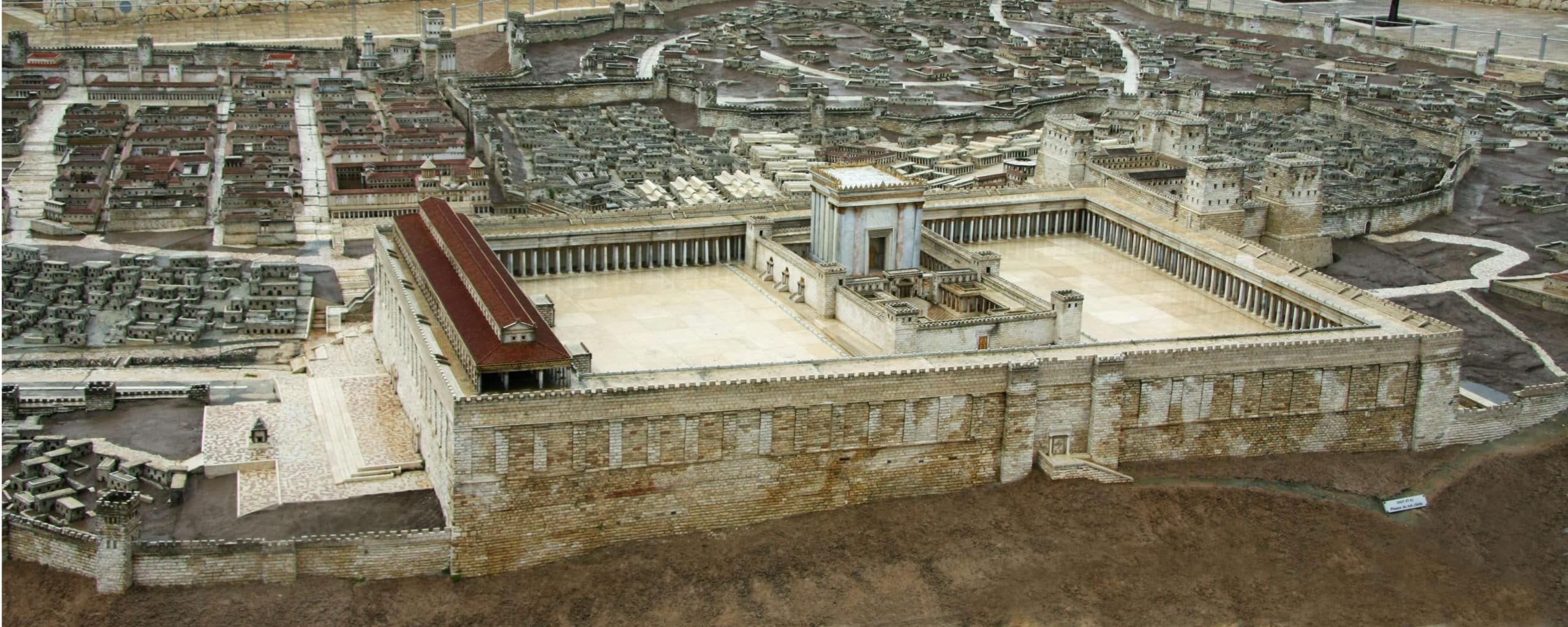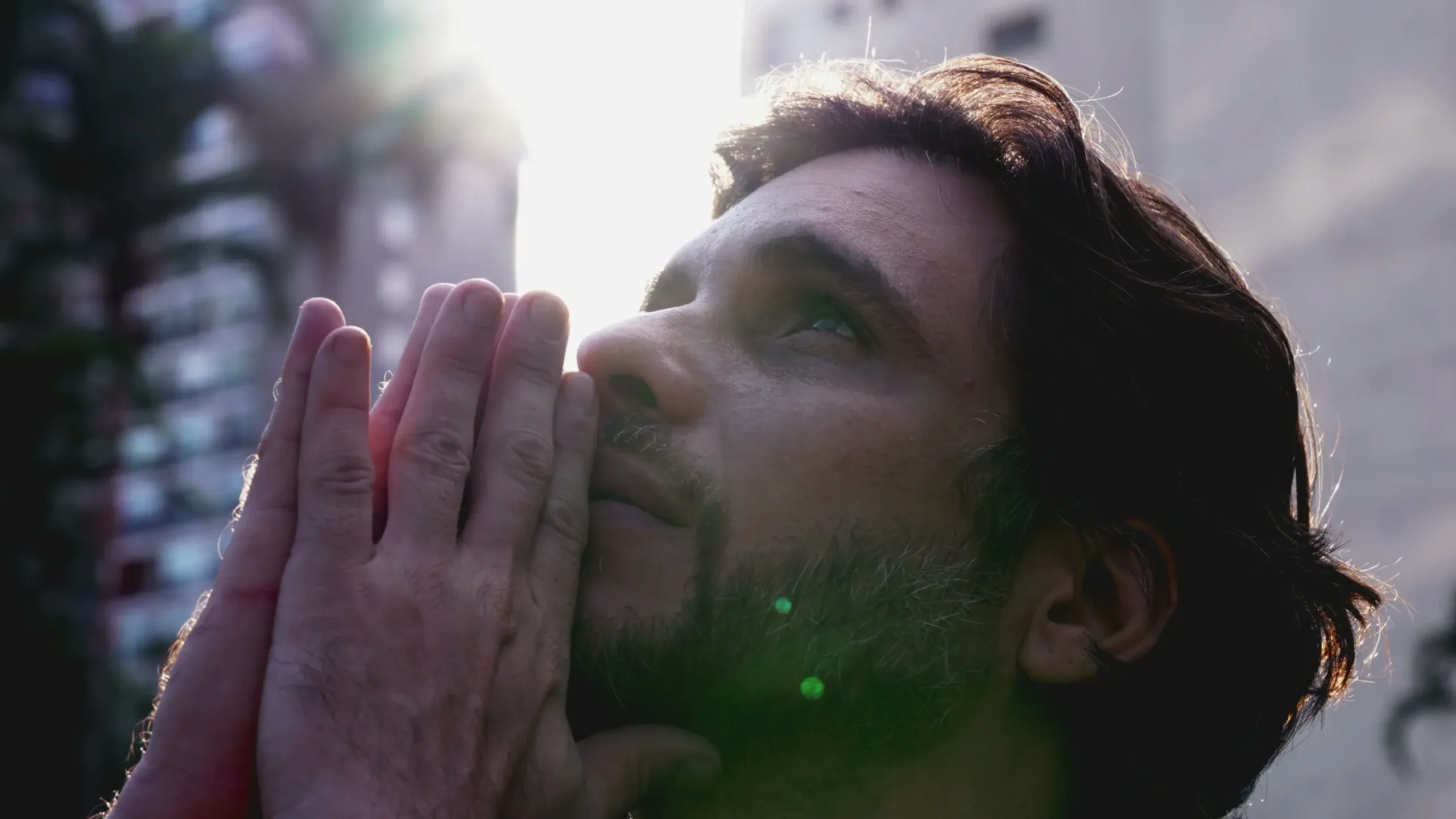Millennial Temple Veiled in Mystery

There have been a number of Bible commentators who have come up with elaborate ideas allegedly proving that Ezekiel’s Temple, described in chapters 40–48 of his book, is not a real temple. They claim these chapters are an allegorical description of something else, whatever that may be.
Significance of the Final Temple
The language of these chapters provides a great amount of specific details regarding this temple. It is like an architect’s blueprint. If it is not speaking about a literal structure, why the details?
It is important to remember that Ezekiel was a Jewish priest living during the years of the Babylonian captivity. The existence of Solomon’s Temple was, for the Jews of old, proof that God was on their side. The destruction of the Temple in Jerusalem, therefore, was more than the destruction of a building. It was a theological crisis.
The promise of a literal temple was proof to Israel that God will forgive their sin and cleanse them of all iniquity. It was a convincing sign to Israel that God was still faithful to His covenant. All the wonderful Millennial promises would be literally fulfilled, and the presence of a literal temple was the most wonderful promise of all for the people of God. If it were not a literal temple it would be like inviting a starving man to a turkey dinner, only to find nothing more than a pile of feathers. In the words of Dr. Charles Dyer, “The climax of Israel’s restoration as a nation will come when God’s glory re-enters the new temple in Jerusalem. …”
The new temple will become the visible reminder of Israel’s relationship with God. Since God gave detailed instructions for building the tabernacle to accompany His inauguration of the Mosaic covenant (Exodus 25–40), it is not unusual that He would also supply detailed plans for His new center of worship, to accompany the implementation of the new covenant. This temple will be the focal point for the visible manifestation of Israel’s new relationship with her God.
Why the Doubt?
Why, then, do so many commentators argue that Ezekiel’s Temple is not a literal temple? The answer: Because of the animal sacrifices. People argue and say, “We don’t need animal sacrifices because Jesus Christ has made a perfect once-and-for-all sacrifice for sin. No additional sacrifices are needed. The sacrificial system has been surpassed. Therefore, we are not to take Ezekiel 40–48 literally.”
That is a common argument. Why do we need priests? Why do we need sacrifices? All valid questions. But let’s focus our thinking. Let’s think this thing through.
First of all, animal sacrifices never took away sin. Only the sacrifice of the Son of God could do that, as explained in Hebrews 10:1–4, 10. The animal sacrifices were acts of obedience to God, and showed submission to the divinely-revealed idea of the shedding of blood for the remission of sin.
Secondly, even after the resurrection of Christ, Jewish believers in Christ still took part in temple worship (Acts 2:46; 3:1; 5:2). They even took part in the offering of sacrifices, according to Acts 21:26. They saw these sacrifices as looking back to the sacrifice of Christ, even as is true in the Lord’s Supper, “for as often as ye eat this bread, and drink this cup, ye do shew the Lord’s death till he come” (1 Cor. 11:26). The sacrifices of the Old Testament had no real efficacy, but they gave worshippers an opportunity to respond to God with humble obedience.
Not Solomon’s Temple
According to Dr. Dwight Pentecost in his classic work on Bible prophecy, Things To Come, pages 521–522, several of the items that were in Solomon’s Temple are missing, or modified in the Millennial Temple.
There is no Ark of the Covenant, no Pot of Manna, no Rod of Aaron that budded, no Tables of the Law, no Cherubim, no Mercy Seat, no Golden Candlestick, no Shewbread, no Veil, no unapproachable Holy of Holies where the high priest alone might enter, nor is there any high priest to offer atonement for sin. Moreover, the Levites are not present in the Millennial Temple. The only men eligible to enter the priesthood are the sons of Zadok, who was the chief priest during Solomon’s reign and remained faithful to God while many Jews were turning away from God, according to 44:15. His descendants will be honored by their appointment to serve God in the priestly role in the Millennial Temple.
Who Is the Prince?
One of the greatest differences in the Millennial Temple is an enigmatic figure known as the Prince. Who is the Prince? There has been much discussion as to the Prince’s identity. He is not Jesus Christ, because He offers a sin offering for himself according to 45:22, and his sons are mentioned according to 46:16. In 46:18 the Prince is in possession of an allotment of land. The Prince will himself eat a meal in the Eastern Gate before the Lord, as indicated in 44:15. So, who is the Prince?
In Ezekiel 34:24 we read,“And I the Lord will be their God, and my servant David a prince among them; I the Lord have spoken it.” God repeated this prophecy later by saying, “And David my servant shall be king over them; and they all shall have one shepherd: they shall also walk in my judgments, and observe my statutes, and do them. And they shall dwell in the land that I have given unto Jacob my servant, wherein your fathers have dwelt; and they shall dwell therein, even they, and their children, and their children’s children for ever: and my servant David shall be their prince for ever” (Ezek. 37:24–25).
The Prince that Ezekiel mentions is none other than the resurrected King David, leading the Jewish people again in a role under the Lordship of Messiah Jesus. I believe that there is a lot to commend to this view, since David was a type of Christ and Jesus was called “the Son of David.”
Geography That’s on the Map
The geographical references and places mentioned in these chapters are factual. The location of these sites are identifiable, For example in Ezekiel 47:6–9, we read that the healing waters from the Temple will descend into the Arabah, the deep depression of the Jordan Valley that extends to the Gulf of Aqaba. The waters will transform the whole region so that along the banks of the river will grow fruit-bearing trees, producing food and leaves that will have medicinal properties. Yet, the marshy areas will not be healed—that is, they will not become fresh water—showing that the Kingdom Age will not be perfect in every way, but the last age in time, with the curse of sin lifted but not yet removed completely.
Seeing Ezekiel’s Temple as a literal temple is especially difficult for Christians who are Reformed, and this is true for two reasons. First, many Reformed Christians hold to replacement theology and see the church as having inherited all of Israel’s blessings. The idea of a future Jewish Temple in the Land of Israel just is not compatible with replacement theology. When theology controls exegesis, you have a real problem.
Secondly, Reformed Christians do not believe in a literal Millennial Temple because of the concept of a one-covenant of grace embracing redemptive history from the fall to the consummation. There is no room in this one covenant of grace for different administrations of God’s Kingdom agenda. For dispensationalists, however, the idea that following the Rapture of the church another dispensational period would follow is not at all unusual. For further detail on this see my book Preterism On Trial.
To summarize, there are very good reasons to believe that the Temple described by the prophet Ezekiel in chapters 40–48 of his book is a literal temple in every way. All attempts to make Ezekiel’s Temple refer to the church, to the heavenly state, or some other reference are fraught with difficulties and violate the plain meaning of Scripture.
At the present time, storm clouds are rolling in on Israel. Russian president Vladimir Putin is now siding with Iran and rebuking Israel for its recent attack on Iranian military facilities. The Gog-Magog War of Ezekiel 38–39 is surely drawing nigh. A literal Kingdom Age Temple is God’s definitive statement that Israel’s Messiah is our soon coming King.
More from Prophecy in the News Magazine
This site uses Akismet to reduce spam. Learn how your comment data is processed.




Leave a Reply